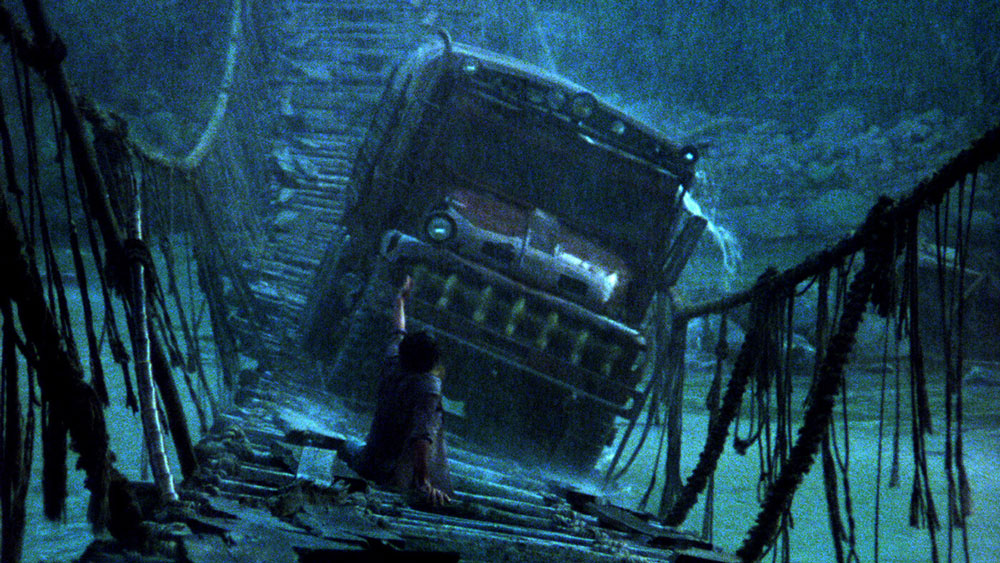
Copyright © MCMLXXVII by FILM PROPERTIES INTERNATIONAL NV All rights reserved.
“The Wages of Fear” The genius William Friedkin’s greatest yet tragic masterpiece
2018.12.07
Realism created with the know-how cultivated through documentaries
Friedkin first asked Walon Green to participate in the script. He has experience in writing the screenplay for Peckinpah's masterpiece `` The Wild Bunch '' (1969), and also directed the pseudo-documentary ``The Struggle of Nature/The Wonderful World of Insects'' (1971), which won the Academy Award for Best Documentary Feature. was obtained. There must have been Friedkin and a horse from the documentary field.
When writing the script, they said they referenced David Lean's ``Bridge Over the Sea '' (1957), which is set in a jungle. What's more, Friedkin went as far as asking Lean himself for his opinion. Lean is said to have said that if he were to make ``Bridge Over the World'' again, he would reduce the dialogue by one-third. Inspired by these words, Friedkin stripped down the lines to the bare minimum and began weaving stories through images.
The opening scene, which depicts the circumstances surrounding each of the four men's escape to South America, is rendered more realistic by almost eliminating dialogue, and is full of excitement, as if watching recorded footage. Friedkin shocked audiences in his breakthrough film ``The French Connection'' by showing the grimy, trash-filled New York in full view, but in ``The Wages of Fear,'' he depicts a village surrounded by a jungle in South America with a documentary touch. did. The audience feels as if they have wandered into the village, which is not a set (although it is actually a set), along with the main characters. Tropical miasma and jungle greenery mix to create a magical effect that enters the hearts of the protagonist and the audience.
The highlight of all is the scene of the Great Suspension Bridge, which remains in the history of cinema. A huge truck seems like it's about to fall over a suspension bridge over a muddy stream, and writhes as it roars like a wild beast as it tries to cross. The image of a truck frantically crossing a suspension bridge that is shaking as if it is about to break is a metaphor for the lives of men who are at the mercy of fate.

“Wages of Fear”Copyright © MCMLXXVII by FILM PROPERTIES INTERNATIONAL NV All rights reserved.
The bridge cost $3 million to build, and trucks reportedly fell into the river five times during filming. Friedkin said he despaired many times during filming, saying, ``This movie is cursed,'' but the movie was completed after about two years of production.

